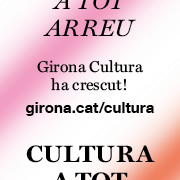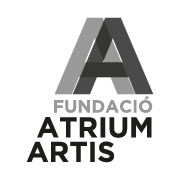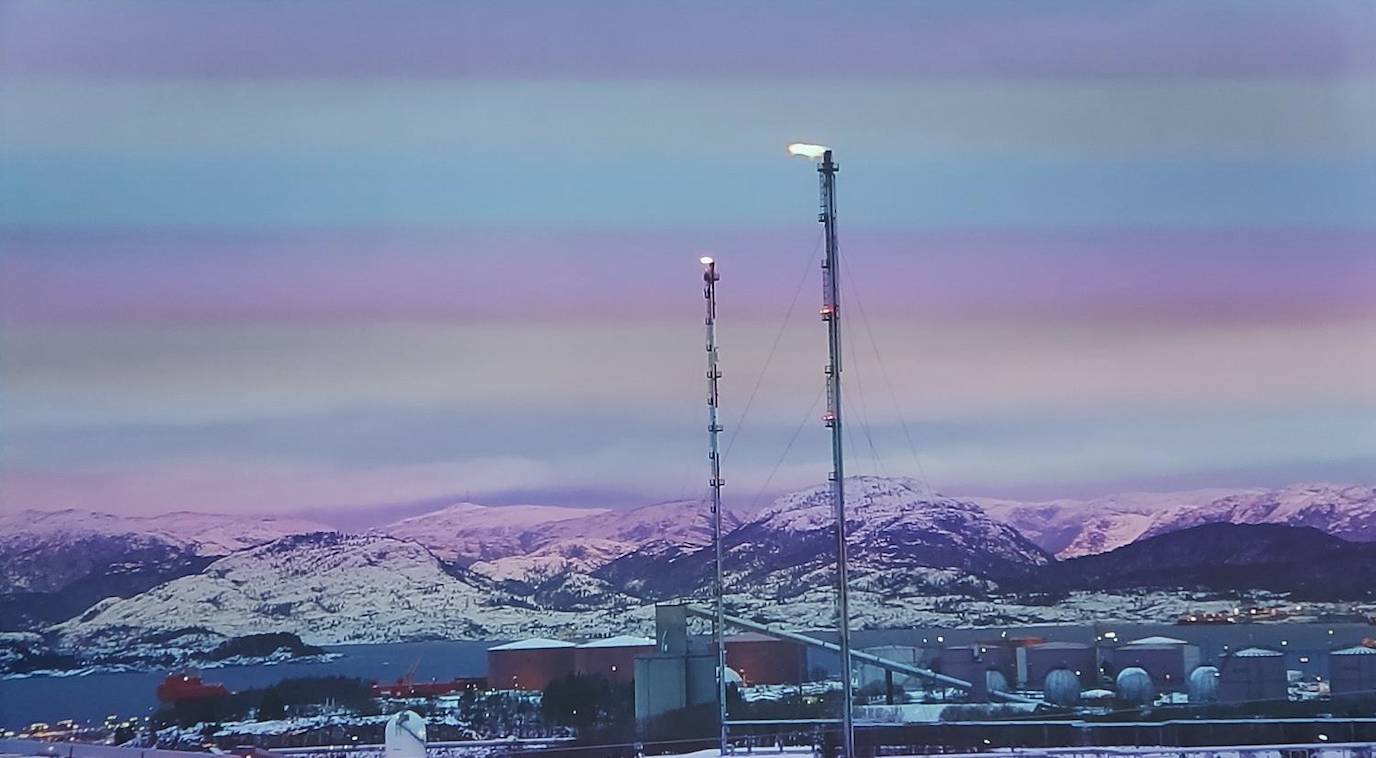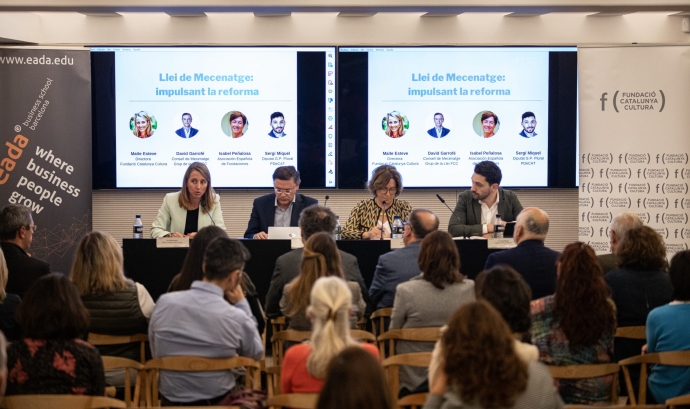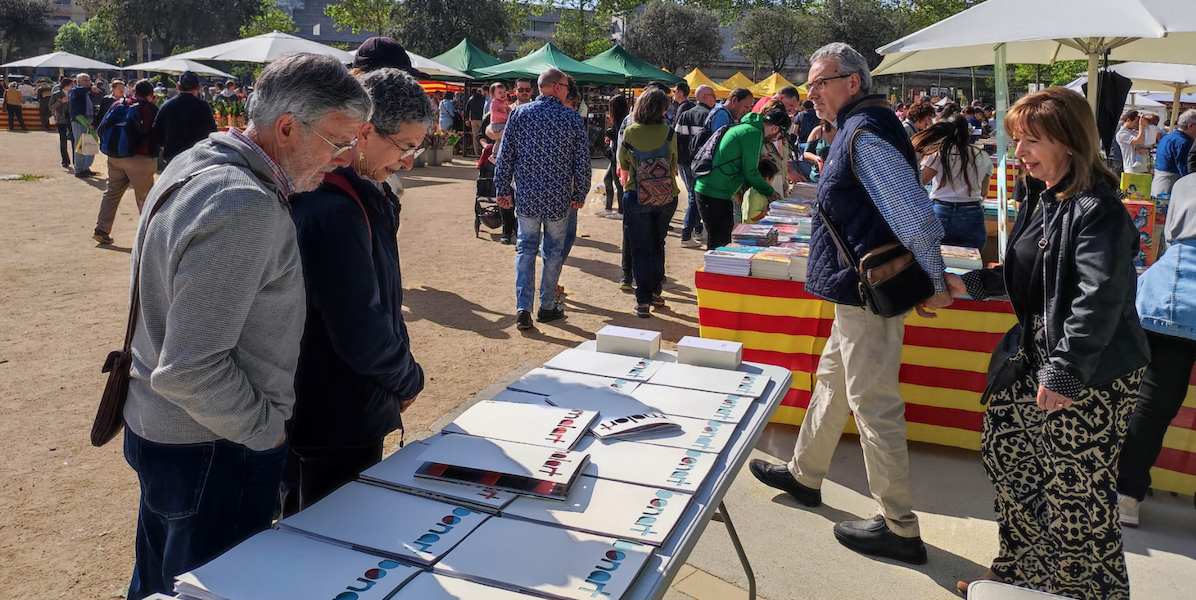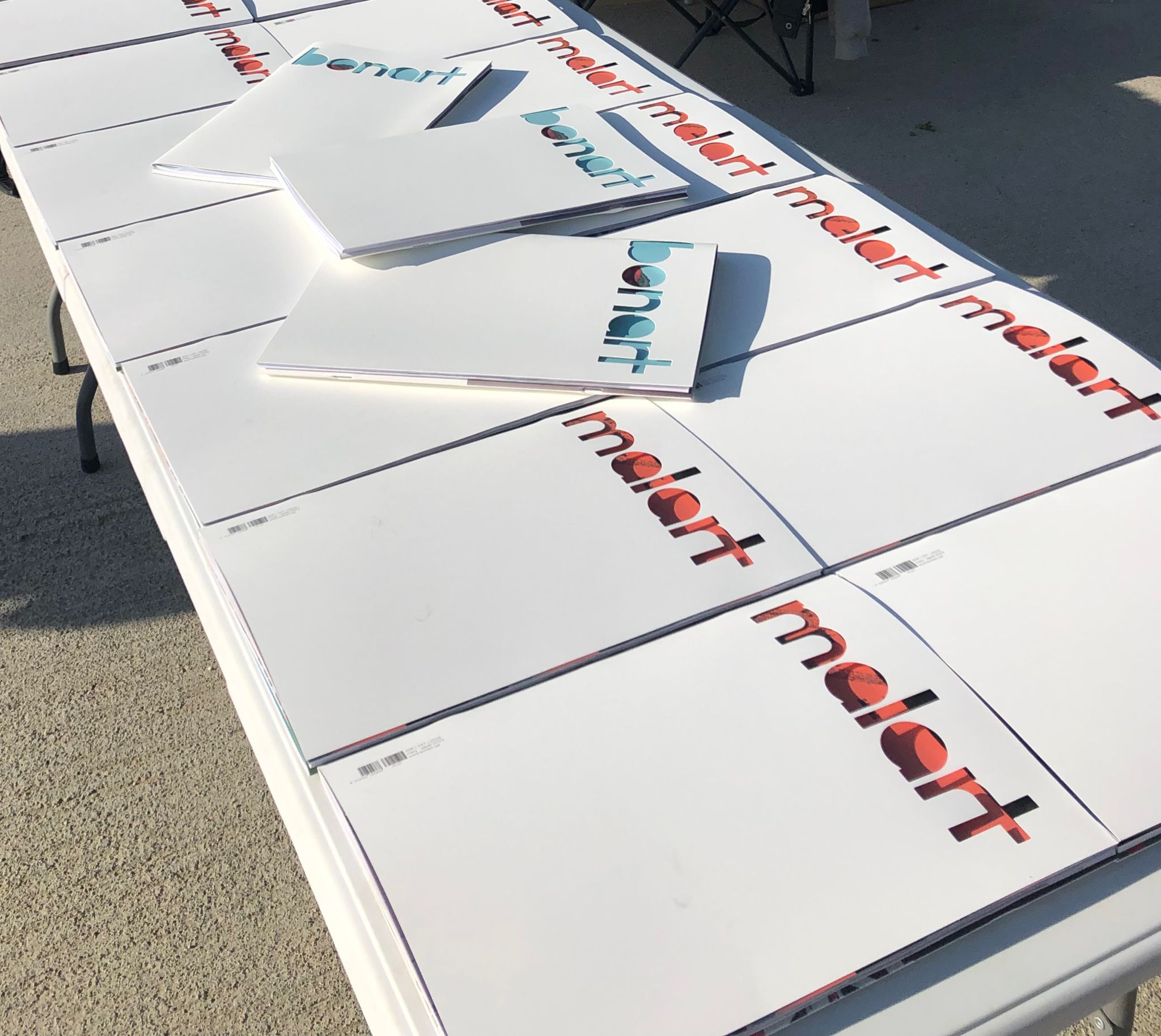News
Lluís Costa analyzes posterism in Viladecans, with the work of Carles Fontserè as background
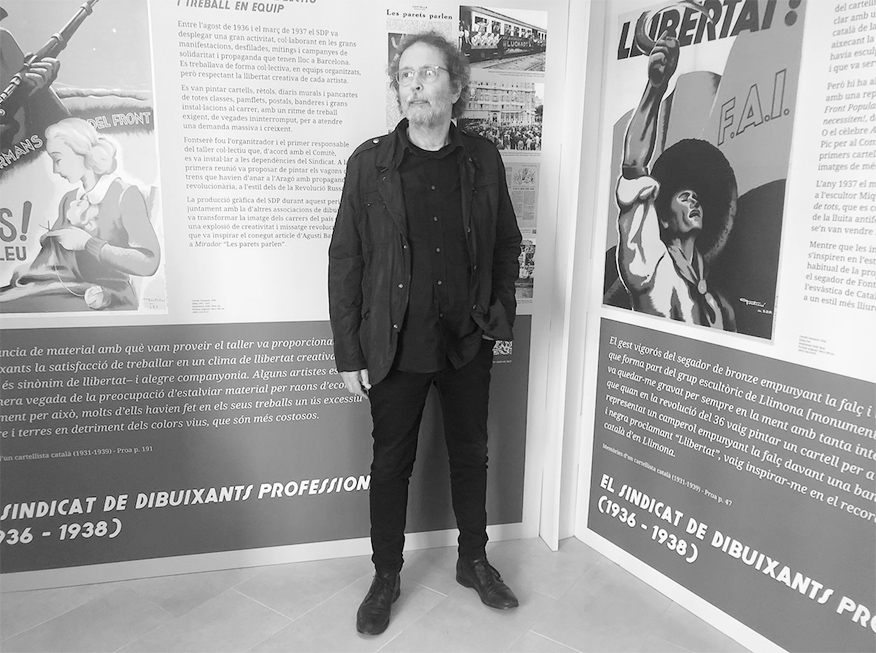
Last April 25th, the professor of the University of Girona, Dr. Lluís Costa, delivered, at Ca n'Amat-Museu de Viladecans, the conference/colloquium "Posterism or the symbiosis between art and propaganda in the first third of the 20th century", as part of the Fontserè Exhibition and committed postering (1931-1939), organized by the National Archives of Catalonia, and currently on display at the Viladecans Museum.
Lluís Costa reviewed the historical evolution of posters, first as an important advertising support, throughout the 19th century, in the most industrialized countries and as the capitalist mode of production consolidated, to transform into a propaganda tool, taking advantage, to a large extent, of the communicative strategies of the advertising world, in times of war conflicts, paying special attention to World War I and the Spanish Civil War.
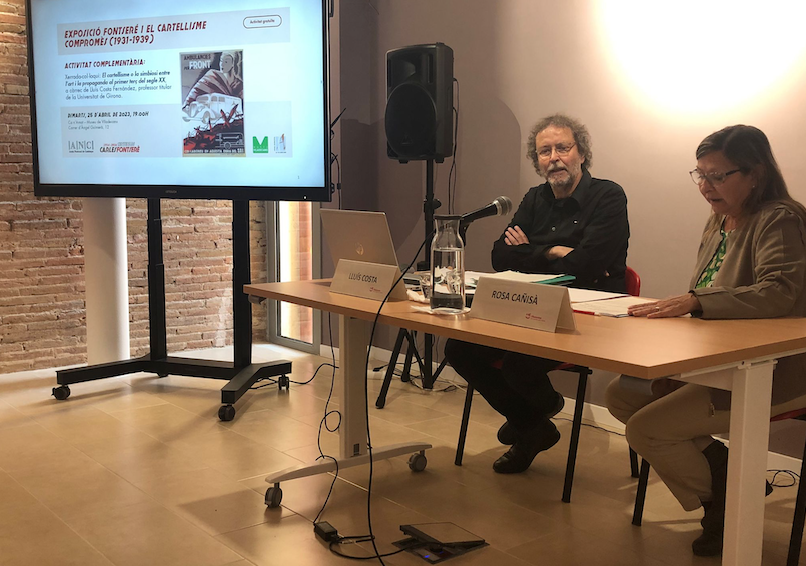 Fotos: Marta Baserba
Fotos: Marta Baserba
Throughout the conference, the symbols of the posters, their messages, their characteristics and their purposes were analysed, grouping them into several categories: mobilizations for the front, aid to combatants, refugees and victims, aid to Madrid , Euskadi and northern Spain, soldiers' hygiene, the rear: voluntary work, the role of women, institutional and political propaganda, publications and culture, sport and shows. In short, you take a tour through the posters through the vicissitudes and hopes of a country subjected to the drama of a war fueled by fascism and where, among others, Carles Fontserè played a prominent role.
In the last part of the event, the public intervened, with questions and observations, which encouraged an interesting debate around posterism.


